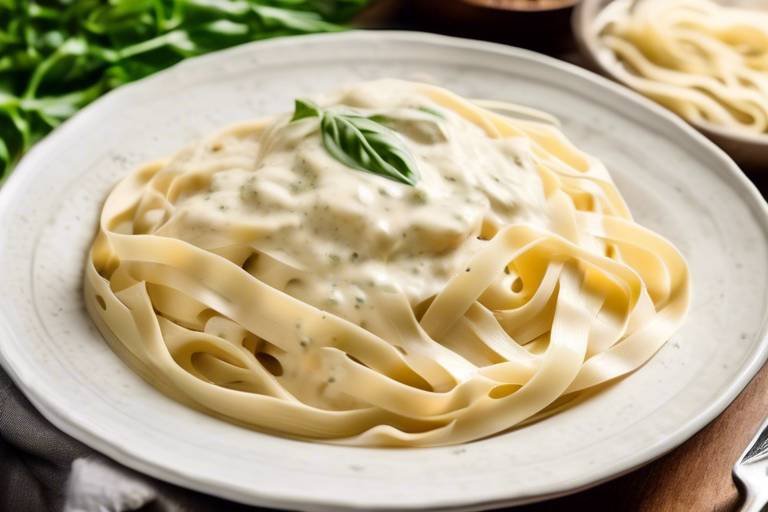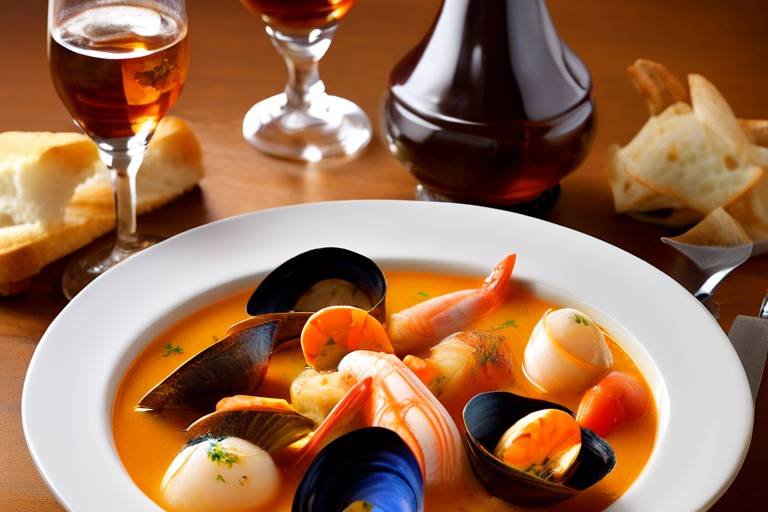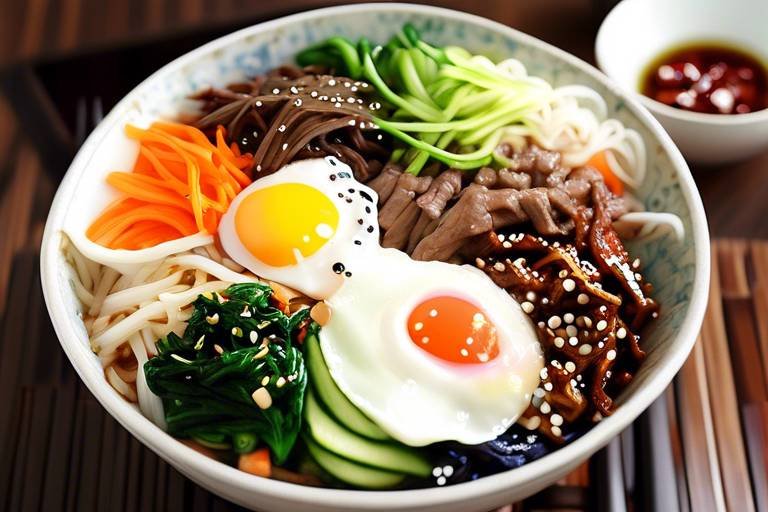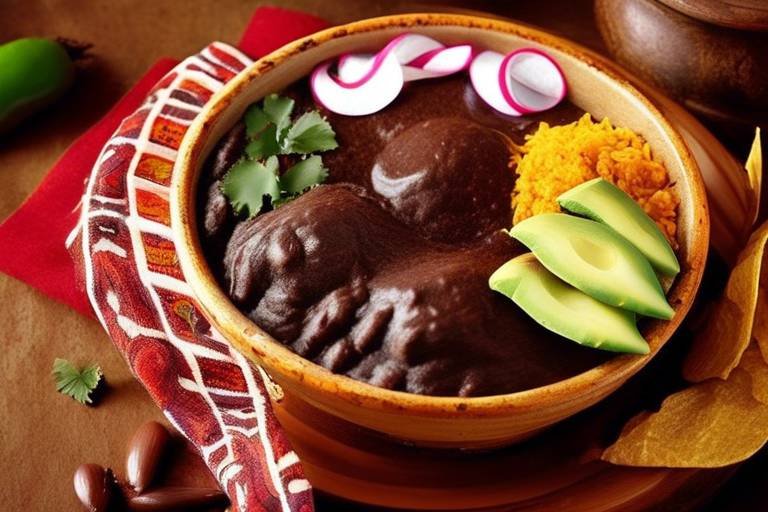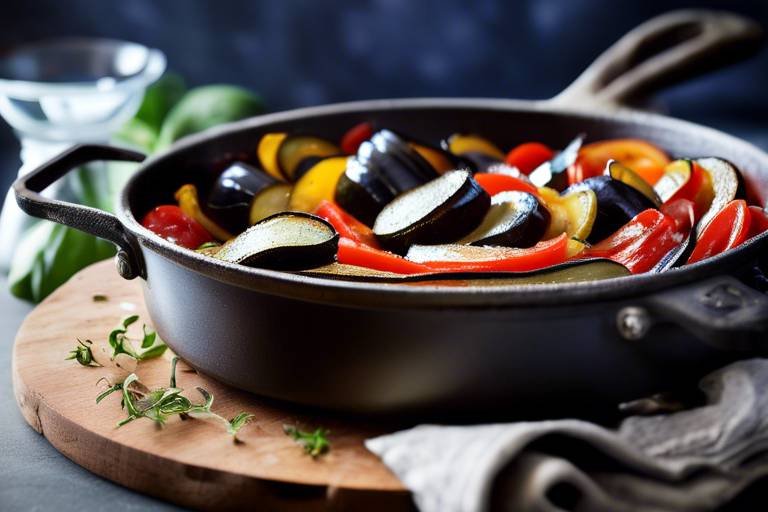How to Make Classic Italian Fettuccine Alfredo
Learn the traditional recipe and steps to create the creamy and indulgent Classic Italian Fettuccine Alfredo dish at home, just like they do in Italy.
Fettuccine Alfredo is a classic Italian pasta dish that has been enjoyed by many around the world. The origins of this beloved dish can be traced back to Rome, where a man named Alfredo di Lelio created the recipe to please his pregnant wife. The dish gained popularity and eventually made its way to the United States, becoming a staple in Italian cuisine.
To make authentic Fettuccine Alfredo, you will need a few key ingredients. The most important component is the pasta itself. Fettuccine noodles are wide, flat pasta strands that are perfect for soaking up the rich Alfredo sauce. Fresh Parmesan cheese is another essential ingredient that adds a nutty and salty flavor to the dish. Cream, butter, garlic, and seasonings like nutmeg and black pepper round out the flavors of this decadent pasta dish.
When preparing Fettuccine Alfredo, it is crucial to cook the pasta al dente to achieve the perfect texture. This means the pasta should be cooked just enough to be firm to the bite, without being too soft or mushy. The creamy Alfredo sauce is made by combining butter, cream, and freshly grated Parmesan cheese in a pan until it reaches a smooth and velvety consistency.
Once the pasta is cooked and the sauce is ready, it's time to bring it all together. Toss the cooked fettuccine noodles in the Alfredo sauce until they are well coated. To serve, garnish the dish with additional Parmesan cheese, freshly cracked black pepper, and a sprinkle of chopped parsley for a pop of color and freshness.
Now that you know the secrets to making a delicious Classic Italian Fettuccine Alfredo, why not try your hand at creating this iconic dish in your own kitchen? Whether you're cooking for a special occasion or simply craving a comforting meal, Fettuccine Alfredo is sure to impress with its rich and creamy flavors that will transport you straight to Italy.

History of Fettuccine Alfredo
The dates back to early 20th-century Italy, where a man named Alfredo di Lelio created this iconic dish. Alfredo originally made a simple pasta dish with butter and Parmesan cheese for his pregnant wife, who was experiencing a lack of appetite. The dish was a hit, and Alfredo's restaurant in Rome soon became famous for serving this creamy and indulgent pasta.
Legend has it that Hollywood stars visiting Rome in the 1920s fell in love with Alfredo's fettuccine, leading to its international acclaim. The dish's popularity soared, and it became a staple in Italian cuisine, known for its rich flavors and luxurious texture.
Today, Fettuccine Alfredo is enjoyed worldwide, with variations and adaptations to suit different tastes. However, the essence of the dish remains true to its origins, offering a comforting and satisfying dining experience that pays homage to Alfredo di Lelio's original creation.

Ingredients for Fettuccine Alfredo
When it comes to preparing a delicious Classic Italian Fettuccine Alfredo, the key lies in selecting the finest ingredients that come together to create a harmonious and indulgent dish. Each component plays a crucial role in achieving the authentic flavor and creamy texture that this beloved pasta dish is known for.
First and foremost, you will need high-quality Fettuccine pasta, the star of the show. The long, flat noodles are perfect for capturing the velvety Alfredo sauce, ensuring that each bite is a delightful combination of pasta and creamy goodness. Choosing the right pasta is essential to the overall success of your Fettuccine Alfredo creation.
Next, fresh Parmesan cheese is a non-negotiable ingredient when it comes to making a truly authentic Fettuccine Alfredo. The sharp and nutty flavor of Parmesan adds depth and richness to the sauce, elevating the dish to a whole new level. Using freshly grated Parmesan cheese will enhance the overall taste and quality of your Fettuccine Alfredo.
Another essential component is heavy cream, which provides the luscious and creamy base for the Alfredo sauce. The richness of the cream combined with the buttery goodness creates a decadent sauce that coats the pasta beautifully. Balancing the proportions of cream, butter, and cheese is key to achieving the perfect consistency and flavor profile.
Lastly, don't forget the seasonings. A pinch of salt, a dash of freshly ground black pepper, and perhaps a hint of nutmeg can elevate the flavors of your Fettuccine Alfredo. These simple yet impactful seasonings add depth and complexity to the dish, enhancing the overall dining experience.
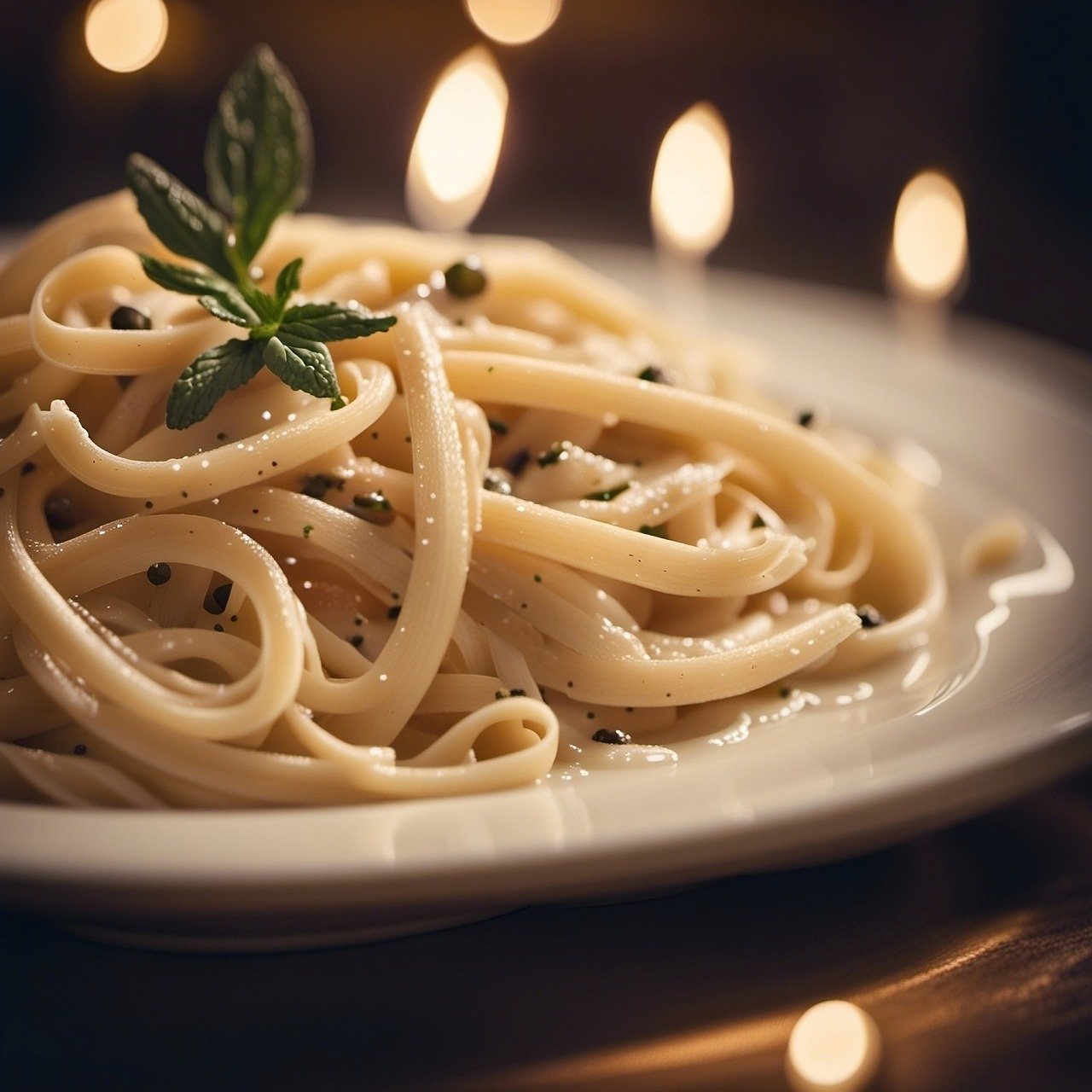
Choosing the Right Pasta
When it comes to creating the perfect Classic Italian Fettuccine Alfredo, choosing the right pasta is a crucial decision that can greatly impact the overall dish. While the name suggests Fettuccine pasta, there are still considerations to keep in mind to ensure an authentic and delicious outcome. Different pasta shapes can be used for this dish, but the traditional choice is Fettuccine due to its wide and flat shape, which allows the creamy Alfredo sauce to cling to the noodles perfectly. This combination creates a harmonious blend of flavors in every bite, making it a classic favorite among pasta enthusiasts.

Importance of Fresh Parmesan Cheese
The in making Fettuccine Alfredo cannot be overstated. Parmesan cheese is a key ingredient in this classic Italian dish, providing a rich and nutty flavor that complements the creamy Alfredo sauce perfectly. The quality of the Parmesan cheese used greatly influences the overall taste and authenticity of the dish. Freshly grated Parmesan cheese has a superior taste compared to pre-packaged grated cheese, as it retains its moisture and robust flavor.
When preparing Fettuccine Alfredo, using fresh Parmesan cheese enhances the dish's overall quality and elevates its flavor profile. The sharpness and saltiness of Parmesan cheese add depth to the creamy sauce, creating a harmonious balance of flavors. Additionally, the texture of freshly grated Parmesan cheese melts smoothly into the sauce, contributing to its luxurious and velvety consistency.
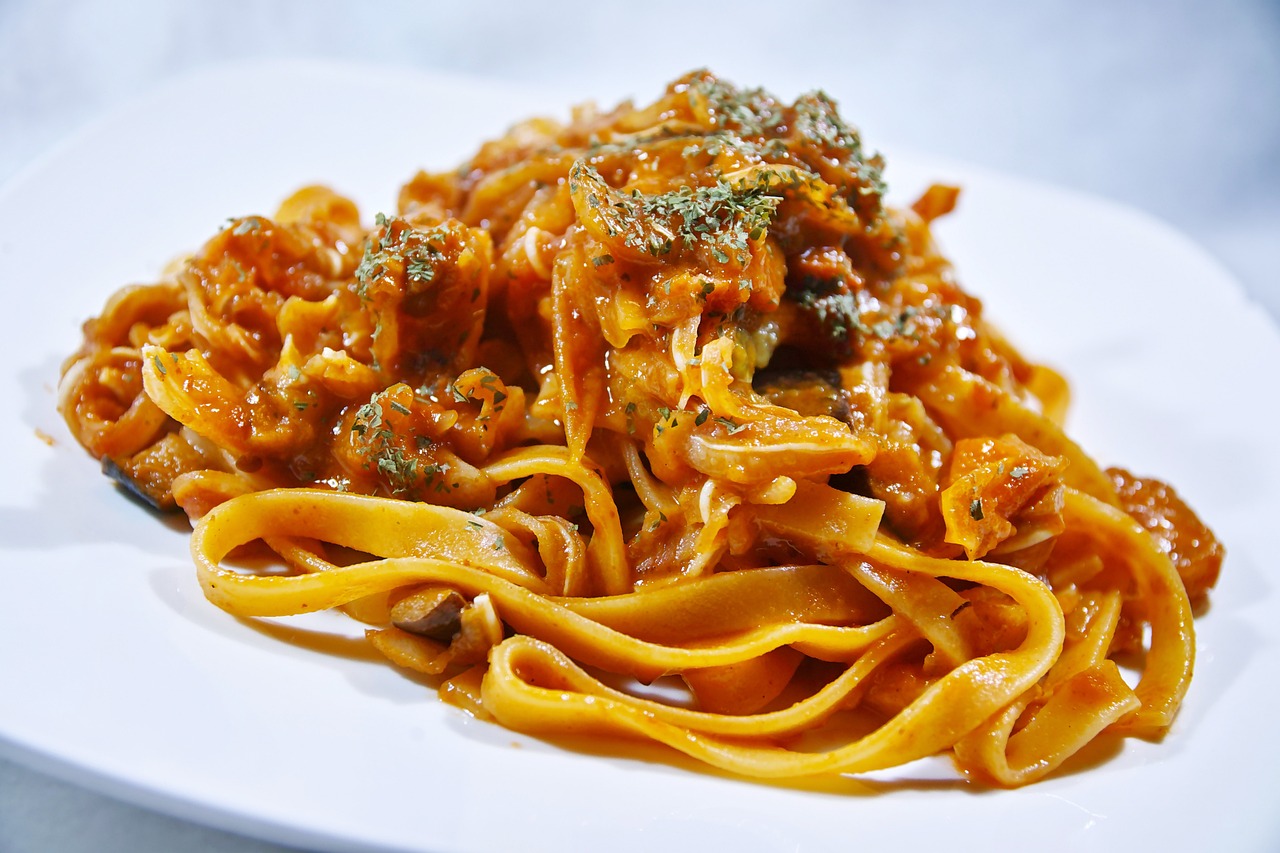
Preparation Steps for Fettuccine Alfredo
When preparing the classic Italian Fettuccine Alfredo, the key lies in the meticulous preparation steps that ensure a perfect blend of flavors and textures. To start, gather all the necessary ingredients on your kitchen counter, creating a culinary symphony waiting to be conducted.
Begin by boiling a pot of water and adding a generous amount of salt to enhance the pasta's flavor as it cooks. Once the water reaches a rolling boil, carefully add the fettuccine pasta, stirring occasionally to prevent sticking. Remember, the pasta should be cooked al dente , retaining a slight firmness to the bite.
While the pasta is cooking, it's time to focus on crafting the velvety Alfredo sauce that will elevate your dish to gourmet status. In a separate pan, melt butter over low heat, being careful not to let it brown. Slowly pour in the cream, stirring gently to create a smooth base for the sauce.
As the cream and butter blend harmoniously, it's time to introduce the star of the show - fresh Parmesan cheese. Grate the cheese finely and add it to the sauce, allowing it to melt gradually and infuse its nutty richness into every crevice. The cheese should be of high quality, as it plays a pivotal role in defining the dish's flavor profile.
Once the pasta is cooked to perfection and the sauce reaches a luxurious consistency, it's time to marry the two components. Drain the fettuccine, reserving a cup of the pasta water to adjust the sauce's thickness if needed. Gently toss the pasta in the Alfredo sauce, ensuring each strand is coated in the creamy goodness.
To serve the Fettuccine Alfredo in all its glory, consider garnishing with a sprinkle of freshly cracked black pepper for a hint of heat, a handful of chopped parsley for a burst of freshness, or an extra dusting of Parmesan cheese for added decadence. The presentation is just as important as the preparation, tantalizing both the eyes and the taste buds.
With each forkful of the luscious Fettuccine Alfredo, savor the culmination of your efforts - a dish that embodies the essence of Italian comfort food at its finest. From the first twirl of pasta to the last creamy bite, let the flavors transport you to the cobblestone streets of Rome, where every meal is a celebration of life and love.
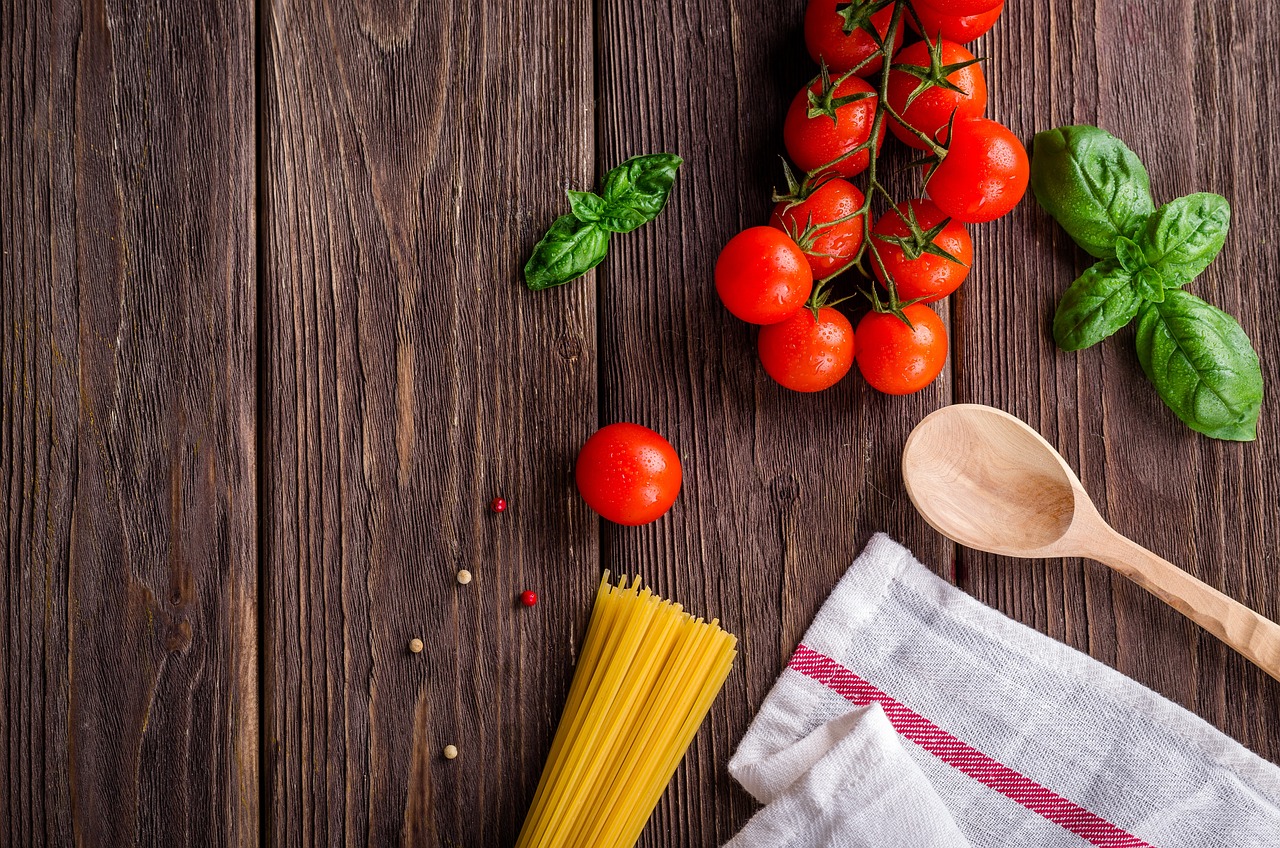
Cooking the Pasta Al Dente
When it comes to cooking the perfect Fettuccine Alfredo, one of the key elements is preparing the pasta al dente. This Italian term translates to "to the tooth" and refers to pasta that is cooked to be firm to the bite, offering a slight resistance while remaining tender. Achieving the ideal al dente texture is crucial for ensuring that your Fettuccine Alfredo dish maintains its integrity and mouthfeel.
To cook the pasta al dente, start by bringing a large pot of generously salted water to a rolling boil. The salt in the water not only adds flavor to the pasta but also helps season it from within. Once the water is boiling, add the fettuccine pasta and stir gently to prevent sticking. It's essential to follow the cooking time instructions on the pasta package as a guide, but remember to taste the pasta a few minutes before the recommended time to ensure it reaches the desired al dente consistency.
When testing the pasta for al dente doneness, look for a slight firmness in the center of the pasta strand while still being tender on the outside. The pasta should offer a gentle resistance when bitten into, without being overly soft or mushy. Remember that pasta continues to cook slightly even after draining, so it's better to slightly undercook it at this stage to achieve the perfect texture when combined with the Alfredo sauce.

al dente
Al dente: The term "al dente" is commonly used in cooking, especially when referring to pasta. It describes the ideal texture of pasta that is cooked just enough to be firm to the bite while still being tender. Achieving al dente pasta involves cooking it for a precise amount of time to avoid it becoming mushy or overly soft. This texture is crucial in dishes like Fettuccine Alfredo, as it ensures the pasta maintains its integrity and complements the creamy sauce perfectly.

texture, ensuring the pasta is not overcooked or undercooked.
When it comes to cooking Fettuccine Alfredo, achieving the perfect texture of the pasta is crucial in ensuring a delightful dining experience. The texture of the pasta should be al dente, which translates to "to the tooth" in Italian. This means the pasta should be cooked to be firm to the bite, with a slight resistance in the center. Cooking the pasta al dente prevents it from becoming mushy or too soft, allowing it to hold the creamy Alfredo sauce well without falling apart. It is a delicate balance that requires precise timing and attention to detail.
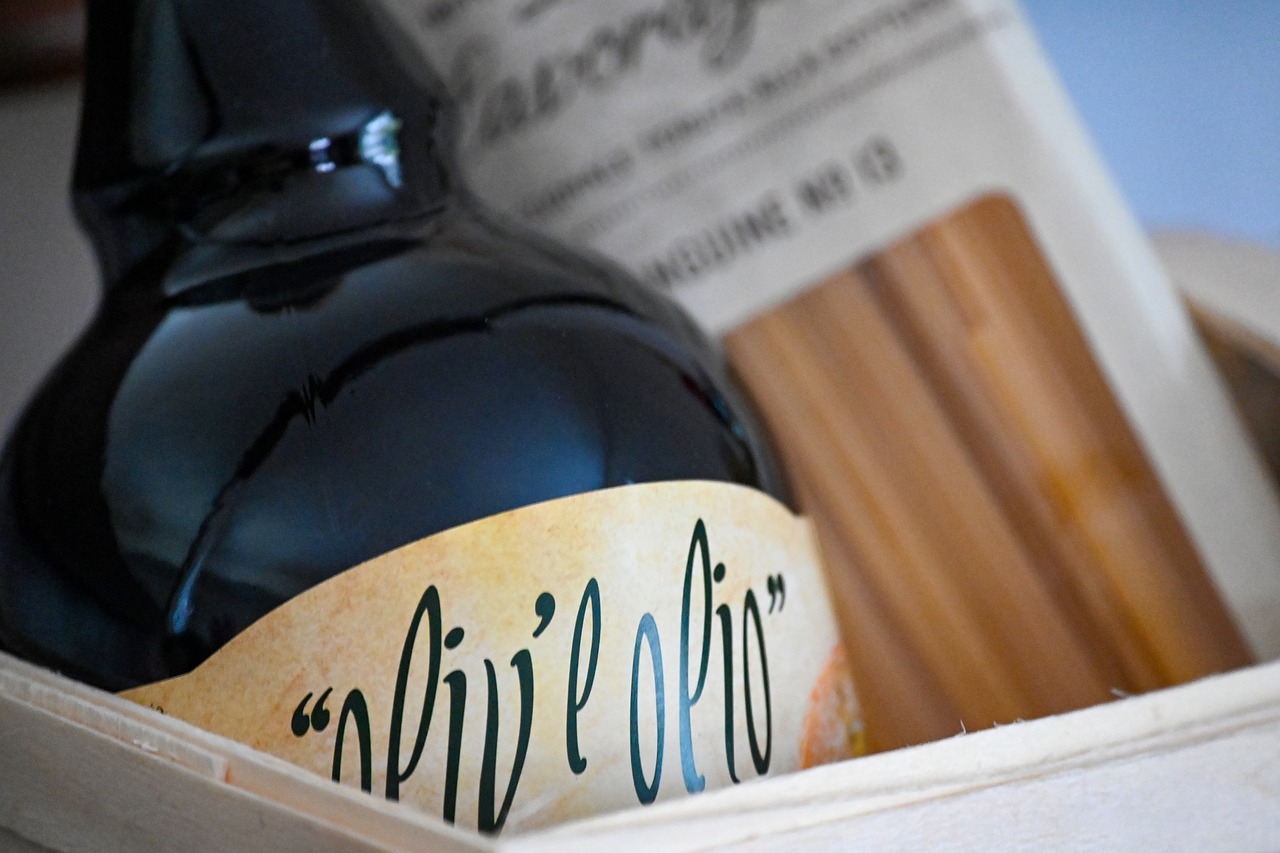
Making the Creamy Alfredo Sauce
When it comes to creating the perfect Fettuccine Alfredo, mastering the art of making the creamy Alfredo sauce is essential. This rich and velvety sauce is the heart of the dish, bringing together the flavors of cream, butter, and cheese in a harmonious blend. To start, you will need high-quality ingredients to ensure a decadent result. Fresh cream, unsalted butter, and genuine Parmesan cheese are key players in this sauce, each contributing to its luxurious texture and taste.
To begin making the Alfredo sauce, melt the butter in a saucepan over medium heat. Once the butter is melted, pour in the cream and bring the mixture to a gentle simmer. Stirring constantly, let the cream and butter meld together, creating a smooth base for the sauce. The next step is adding the star ingredient - freshly grated Parmesan cheese. Sprinkle the cheese into the cream and butter mixture gradually, allowing it to melt and blend in completely.
It's crucial to maintain the right proportions of cream, butter, and cheese to achieve the perfect consistency for the Alfredo sauce. Too much cheese can result in a thick, clumpy sauce, while too little can make it too thin and lacking in flavor. Finding the balance is key to creating a sauce that coats the fettuccine noodles smoothly and evenly, ensuring every bite is a creamy delight.
Seasoning is also an important aspect of making the Alfredo sauce. A pinch of freshly ground black pepper adds a subtle kick to the sauce, complementing the richness of the cheese and cream. Some recipes may call for a dash of nutmeg or a hint of garlic to enhance the flavor profile further. Experimenting with different seasonings can help you tailor the sauce to your preference, creating a unique twist on the classic recipe.
Once the Alfredo sauce reaches the desired consistency and flavor, remove it from the heat and immediately pour it over the cooked fettuccine pasta. Toss the pasta gently to coat it evenly with the sauce, ensuring that every strand is infused with the creamy goodness. The result should be a luscious dish that is both comforting and indulgent, perfect for a cozy night in or a special occasion.

Serving and Garnishing Fettuccine Alfredo
When it comes to serving and garnishing your delectable Fettuccine Alfredo, there are numerous creative ways to elevate the dish and impress your guests. One popular method is to sprinkle freshly chopped parsley or basil on top of the pasta just before serving. These vibrant herbs not only add a pop of color but also enhance the overall flavor profile of the dish.
Another classic garnish for Fettuccine Alfredo is a generous grinding of cracked black pepper. The sharp, aromatic notes of the pepper complement the creamy richness of the sauce, creating a harmonious balance of flavors. Additionally, you can never go wrong with a sprinkle of freshly grated Parmesan cheese on top of each serving, adding an extra layer of savory goodness.
For a more visually appealing presentation, consider serving your Fettuccine Alfredo in a warm bowl or plate that showcases the creamy sauce and strands of pasta beautifully. You can also garnish the dish with a drizzle of high-quality extra virgin olive oil for a luxurious finishing touch.
Frequently Asked Questions
- Can I use any type of pasta for Fettuccine Alfredo?
While traditionally Fettuccine pasta is used for this dish, you can experiment with other long, flat pasta shapes like tagliatelle or pappardelle for a unique twist.
- Is it necessary to use fresh Parmesan cheese?
Yes, fresh Parmesan cheese is highly recommended as it provides the authentic flavor and creamy texture that Fettuccine Alfredo is known for. Avoid pre-grated cheese for the best results.
- How can I achieve the perfect creamy consistency in the Alfredo sauce?
To achieve a creamy and velvety Alfredo sauce, ensure you slowly melt the butter, add the cream gradually, and constantly stir while incorporating the cheese until it melts smoothly into the sauce.
- What are some popular garnishes for Fettuccine Alfredo?
Popular garnishes for Fettuccine Alfredo include fresh parsley, basil, or chives for a pop of color and flavor. A sprinkle of freshly cracked black pepper or a drizzle of truffle oil can also elevate the dish.
- Can Fettuccine Alfredo be made ahead of time?
Fettuccine Alfredo is best served fresh to enjoy the creamy texture at its peak. However, you can prepare the components ahead of time and assemble the dish just before serving to maintain the best taste and consistency.

